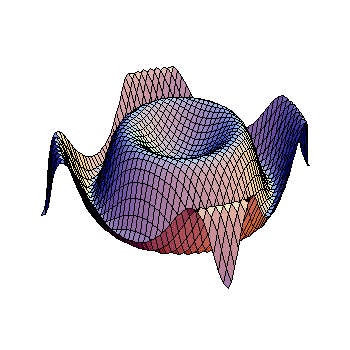Vertical assymptotes are the lines of the type #x = a# that the function can never take because doing so will create a math error.
In this function the only possible math error is a division by zero, so we have that:
#x - 7 != 0#
#x != 7#
So #7# is a vertical assymptote. That means that as the function gets closer and closer to 7, the values of the function as whole will become bigger in magnitude (because #x - 7# gets closer and closer to 0) but the function will never actually evaluate at that point.
Horizontal assymptotes are the lines of the type #y = b# that are basically the value the function start to take whenever #x# becomes bigger and bigger. Slant assymptotes (of the type #y = ax+b#) are very similar but the function isn't tending to a constant value. We can discover them the same way:
Start plugging bigger and bigger values until you see a pattern, or, use a made-up number, like, let's say #b#, that is infinitely big, plug it in and see what happens.
#y = b/(b-7)#
Since #b# is an infinitely large number, we can say that #b - 7 ~= b#, after all think of it like if b was a number like a billion or a trillion. A trillion minus 7 is still pretty much a trillion for practical purposes. So we have
#y ~= b/b# or #y ~= 1#
So the horizontal assymptote is #y = 1#, that is, as #x# grows bigger the function gets closer and closer to #1#.
We can doublecheck it by looking at the graph:
graph{x/(x-7) [-14, 14, -28, 28]}

